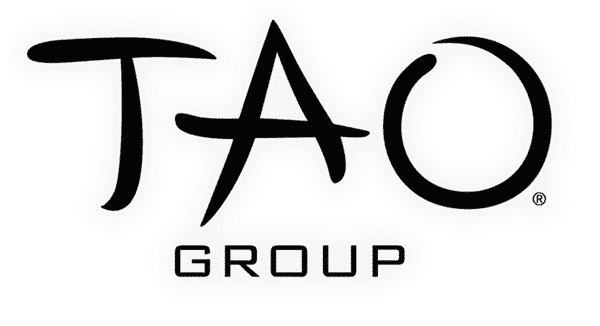Introduction

Mobile-first indexing has become a pivotal aspect of digital marketing strategies, revolutionizing the way websites are ranked and accessed across various digital channels. With the increasing dominance of mobile devices in online interactions, search engines like Google have adapted their algorithms to prioritize mobile-friendly content. This shift has profound implications for businesses, marketers, and web developers alike, requiring them to reevaluate their approach to website design, content creation, and optimization. In this article, we’ll delve into the intricacies of mobile-first indexing, explore its impact across different digital channels, and provide actionable insights for maximizing its benefits.
Understanding Mobile-first Indexing

Mobile-first indexing is a fundamental change in the way search engines crawl and index web pages. Traditionally, search engines primarily used the desktop version of a website to determine its relevance and rank in search results. However, with the exponential growth of mobile internet usage, Google announced in 2016 its intention to prioritize mobile content over desktop content in its indexing process.
In essence, mobile-first indexing means that Google predominantly uses the mobile version of a website for indexing and ranking purposes. This shift reflects Google’s recognition of the mobile-first behavior of users, where more searches are conducted on mobile devices than on desktops. By prioritizing mobile-friendly content, Google aims to deliver better search experiences to its users, ensuring that the content displayed in search results is optimized for the devices they are using.
Impact on Website Design and Development

The advent of mobile-first indexing has significant implications for website design and development. Websites must be responsive and adaptive, providing seamless experiences across various screen sizes and devices. Here are some key considerations:
Responsive Design:
Websites should utilize responsive design principles to ensure that content adapts fluidly to different screen sizes. This involves using flexible grids, images, and media queries to create a consistent user experience across devices.
Mobile Optimization:
Mobile optimization goes beyond responsive design and focuses on enhancing the mobile user experience. This includes optimizing page load speed, improving navigation and readability, and minimizing intrusive interstitials that can hinder user interaction.
Structured Data Markup:
Implementing structured data markup helps search engines understand the context and relevance of content, which is crucial for mobile-first indexing. Structured data can enhance rich snippets in search results, making your content more visible and engaging to mobile users.
Accelerated Mobile Pages (AMP):
AMP is an open-source initiative aimed at creating faster and lighter web pages for mobile devices. Implementing AMP can improve page load speed and user engagement, leading to higher search rankings and better mobile experiences.
Impact on Content Strategy

Mobile-first indexing also necessitates a reevaluation of content strategy to ensure that it resonates with mobile users and aligns with their search intent. Here’s how mobile-first indexing impacts content creation:
Mobile-friendly Content Formats:
Content should be formatted for easy consumption on mobile devices, with concise paragraphs, bullet points, and scannable headings. Long-form content can still be valuable but should be broken down into digestible chunks for mobile users.
Local and Voice Search Optimization:
Mobile users often rely on voice search and location-based queries to find information on the go. Optimizing content for local search intent and conversational queries can improve visibility in mobile search results.
Visual Content Optimization:
Visual content such as images and videos play a crucial role in mobile user engagement. Optimizing visual content for mobile devices, including proper formatting and compression, can enhance the mobile browsing experience.
User-generated Content:
Encouraging user-generated content such as reviews, testimonials, and social media interactions can enhance mobile engagement and foster community building on mobile platforms.
Impact Across Digital Channels

The impact of mobile-first indexing extends beyond traditional search engine results and influences various digital channels:
Social Media:
Social media platforms are predominantly accessed via mobile devices, making mobile optimization essential for maximizing reach and engagement. Mobile-friendly content formats, such as vertical videos and Stories, resonate well with social media users on mobile.
Email Marketing:
With the majority of email opens occurring on mobile devices, optimizing email campaigns for mobile responsiveness is critical. Mobile-friendly design and concise, actionable content can improve click-through rates and conversions on mobile.
Paid Advertising:
Mobile-first indexing affects the performance of paid advertising campaigns across platforms like Google Ads and social media. Ad creatives and landing pages must be optimized for mobile devices to ensure maximum visibility and conversion rates.
App Store Optimization (ASO):
For businesses with mobile apps, optimizing app store listings for mobile search intent is crucial. ASO involves optimizing app titles, descriptions, and keywords to improve visibility and downloads in app store search results.
Conclusion

Mobile-first indexing has transformed the digital landscape, emphasizing the importance of mobile optimization across all digital channels. Businesses and marketers must adapt their strategies to cater to the evolving preferences of mobile users and ensure that their content is accessible and engaging on mobile devices. By prioritizing mobile-friendly design, optimizing content for mobile search intent, and embracing mobile-first principles across digital channels, organizations can capitalize on the opportunities presented by mobile-first indexing and stay ahead in the competitive digital marketplace.




































